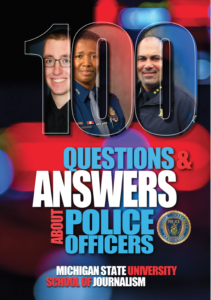De-escalation training and tactics are designed to defuse a situation and take it to a calmer place, rather than a more dangerous one.
 A U.S. Department of Justice report called it an approach to community policing and incident resolution that “increases the potential for resolving the situation with minimized force or no force at all, which reduces the likelihood of injury to the public, increases officer safety and mitigates the immediacy of potential or ongoing threats. A reduction in use-of-force incidents also reduces community complaints, promotes the perception of procedural justice and, most importantly, promotes resolution of events with the public’s compliance.”
A U.S. Department of Justice report called it an approach to community policing and incident resolution that “increases the potential for resolving the situation with minimized force or no force at all, which reduces the likelihood of injury to the public, increases officer safety and mitigates the immediacy of potential or ongoing threats. A reduction in use-of-force incidents also reduces community complaints, promotes the perception of procedural justice and, most importantly, promotes resolution of events with the public’s compliance.”
De-escalation is more than a skillset. It is a strategy to slow down “an incident in a manner that allows officers more time, distance, space and tactical flexibility during dynamic situations …”
Elements of the strategy include slowing down, better communication, situational awareness, a protocol for using force and ethics.
Training comes in the police academy and in continuing lessons while on the force. Most major departments have extensive training schedules.
De-escalation training is implemented on a state-by-state basis. Many states do not require it. In the wake of the killing of George Lloyd by police in Minneapolis, many departments are looking at de-escalation training and practices.
De-escalation is one of the law-enforcement issues that comes up in “100 Questions and Answers About Police Officers,” available from Amazon or the Front Edge Publishing bookstore.


















